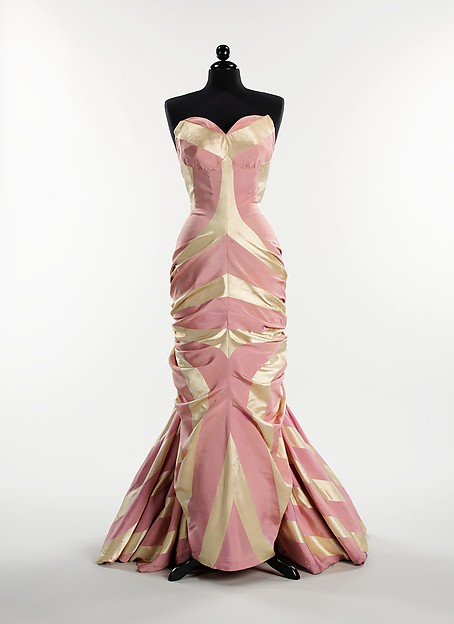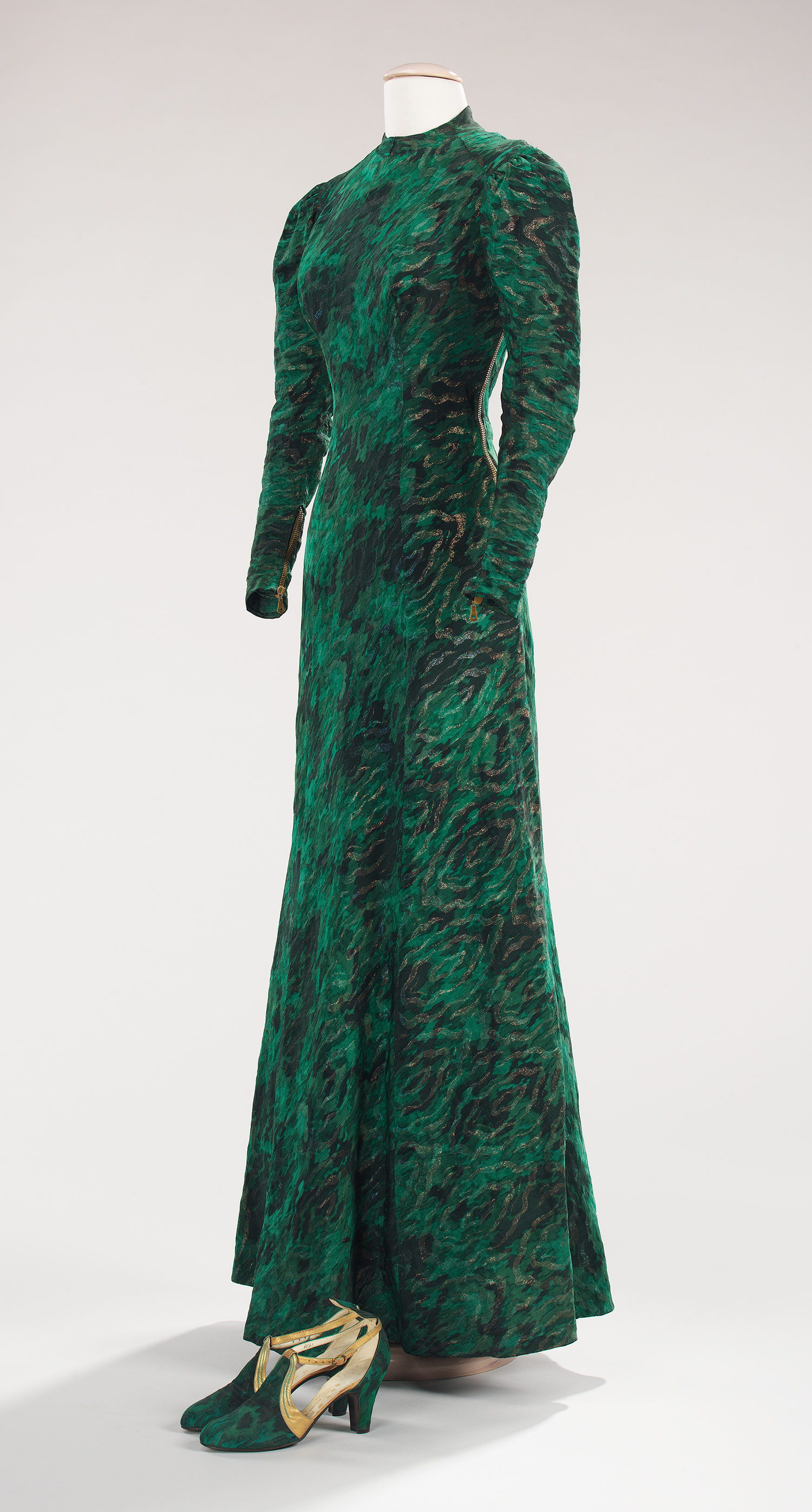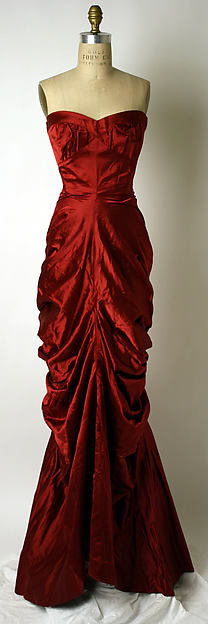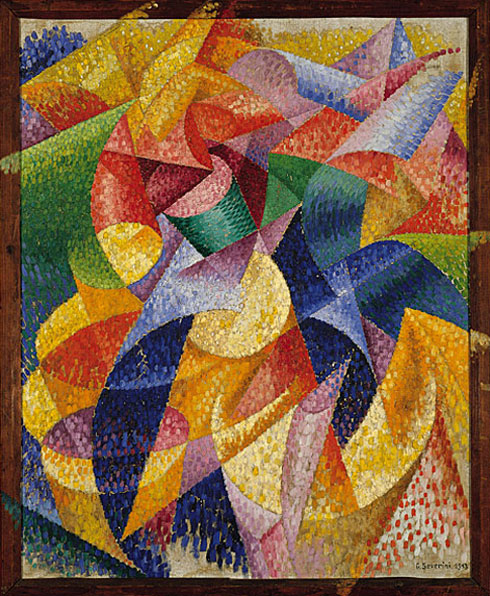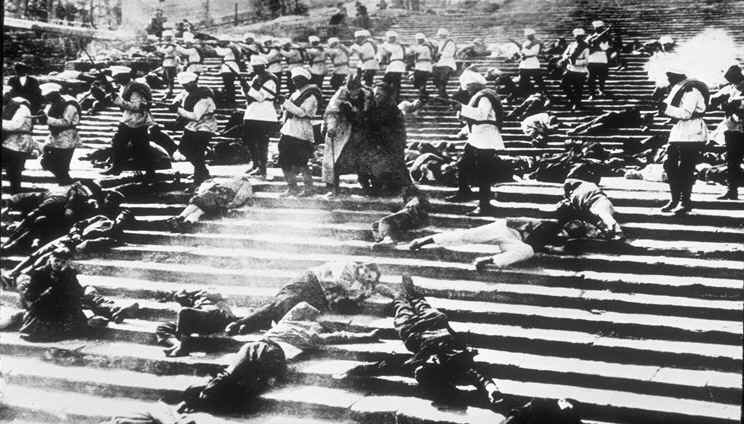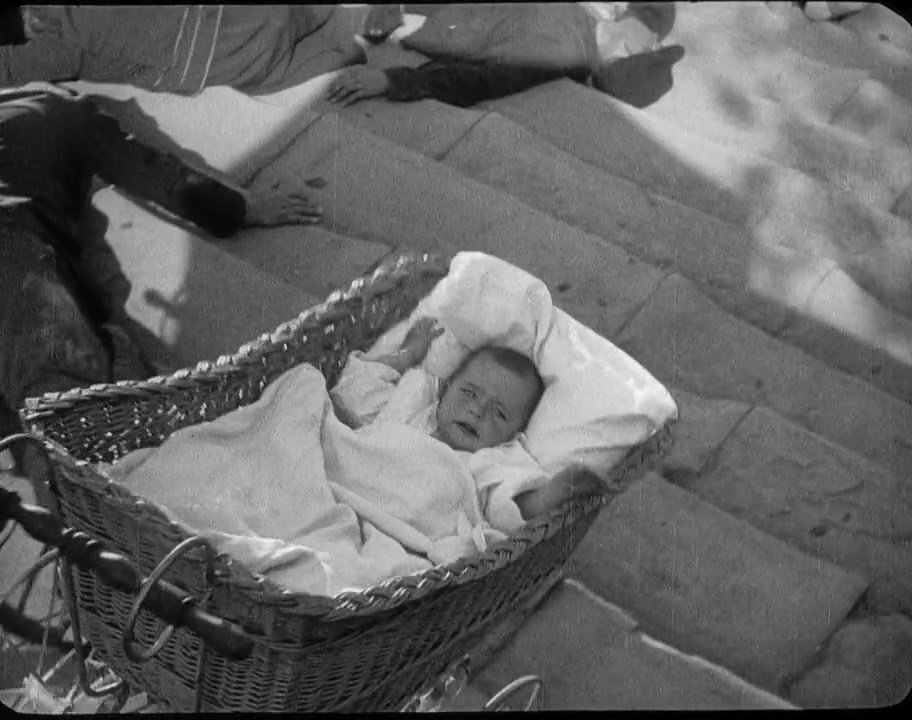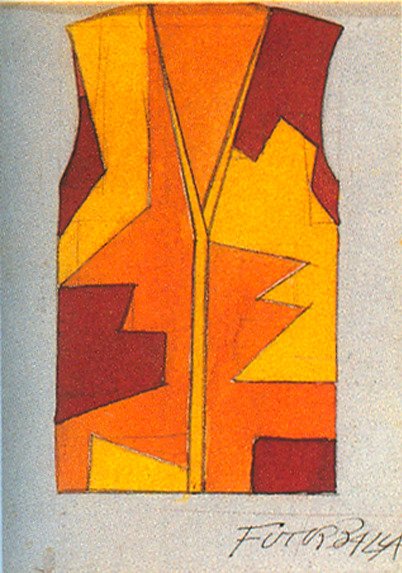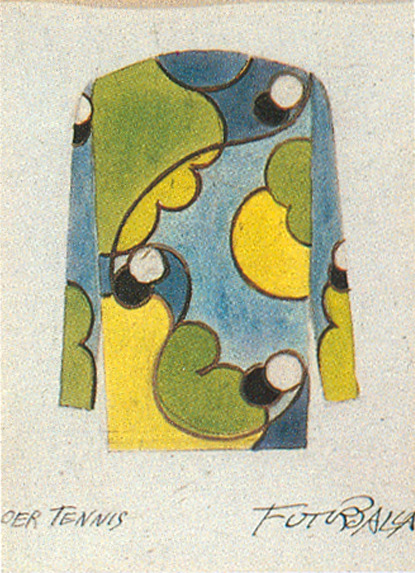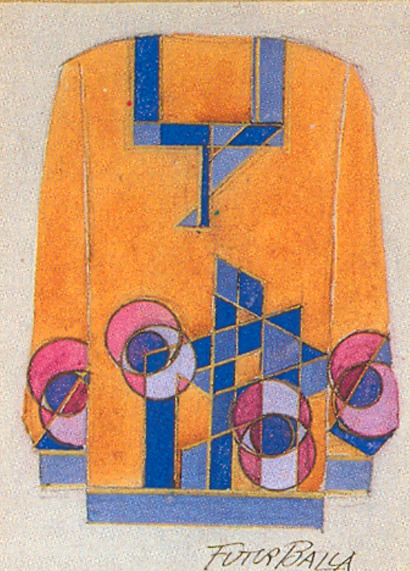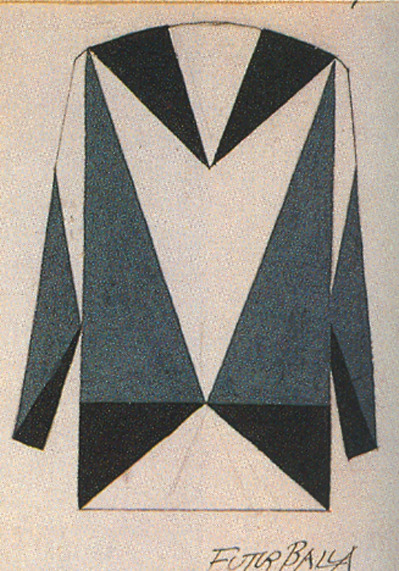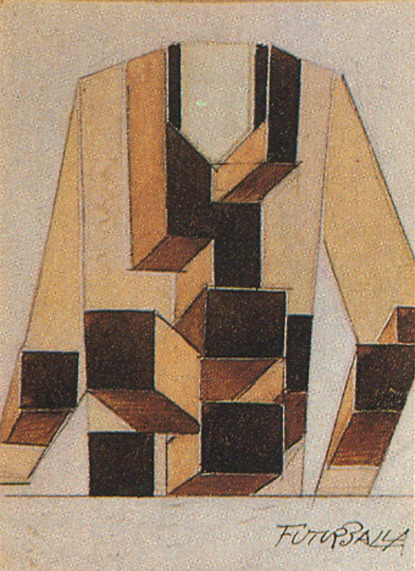Being into music, without a doubt, one of the films that I just had to watch was Moulin Rouge. I thank the heavens that I did so at the beginning of our school semester since once presented with our assignment for film, I immediately thought of this particular film and it's wonderful costumes, especially those pertaining to the main female character. That was part of the main inspiration for my concept - designing a classy yet modern evening gown.
Moulin Rouge is a 2001 Australian-American romantic pastiche-jukebox musical film directed, produced and also co-written by Baz Luhrmann. Featuring the talents of the stunning Nicole Kidman (Satine) and Ewan McGregor (Christian), it tells the story of a young English man (McGregor) who travelled to Paris in the year 1899 to become a writer and make part of Montmartre's Bohemian movement. After accidentally meeting artist Toulouse-Lautrec and his fellow performers, he helps them finish their show 'Spectacular Spectacular' in the hope of selling it to Harold Zidler, owner of the Moulin Rouge. Christian is set to meet Satine (Kidman), the star courtesan of the cabaret. At the same time, Zidler is making arrangements with the wealthy Duke of Monroth, a potential investor in the cabaret. Satine mistakes Christian for the Duke, but soon learns that Christian is just a writer - though that didn't stop them from falling in love. After a series of events the Duke soon realises that the play is a metaphor for the love triangle consisting of Christian, Satine and the Duke himself, and demands a change in ending. The Duke warns Zidler that he will have Christian killed if Satine is not his. When Zidler informs Satine that she is dying, she tells Christian that they can no longer see each other because she will be staying with the Duke. Christian becomes depressed, and on the night of the show, he sneaks back into the Moulin Rouge. Suddenly finding himself in the spotlight, Christian pretends to be an actor, and finally walks off the stage in anger, only to return as Satine begins to sing the song Christian had previously written to express their love for each other. The Duke and his bodyguards try to kill Christian, but both attempts fail. As the show ends and the curtain closes, Satine succumbs to her illness, whose last words affirm her love towards Christian. The film ends with Christian at his typewriter a year later - 1990 - writing the tale of the two lovers.
Costume design is essential in any film, together with the script, actors and soundtrack. Though probably on a subconscious level, the costumes determine how the audience portrays the characters that wear them. Through powerful colours and sparkling accessories, the audience may come to know of the character's role in the film as being central, while being part of the background when characters are seen in less varying costumes. It is worth noting that this film won an Oscar for Best Costume Design, and it was well-deserved in my opinion seeing as the level of creativity shown by the main costume designer Catherine Martin is of extremely high level. For me, she succeeded in giving the audience a glimpse of real people and theatre characters in the 1900s while also modifying them and giving the audience a more modern view. Particular attention must be paid to the costumes worn by lead actress Nicole Kidman. In an interview with national British newspaper The Guardian, Martin says:
"With Satine, we needed to make it clear that this is the most beautiful woman in Paris. Admittedly, Nicole is already very beautiful, but she may not be everybody's idea of ideal beauty, so we needed to make it clear with the costumes' signs and symbols that that's who she was. We looked to Hollywood's glamour heroines like Marlene Dietrich, Marilyn Monroe, Greta Garbo - all sexually available to the men in the movies but emotionally very unavailable, and we looked at how that manifested itself in their clothing. Their wardrobes tended to be very graphic, unfussy, dramatic in their colour choice. We then used that."
(Martin, 2001)
There are two particular costumes which struck me most - the first being the Red Dress, also known as the "Smoldering Temptress" Dress.
.
As one can see from the above costume designs, Satine's iconic Red Dress went through various before it arrived at the one used in the film. Made of red satin, with a corseted top that laces in the back and an intricate bustle, the dress is perhaps the most famous from the film. The colour of the dress was cleverly chosen to reflect Satine's character in the scene, primarily because it draws attention to her, and it also reflects her attempt at softening the Duke to invest in the show.
The second costume which I will probably use as a reference point in my design process is the Gothic Tower Dress. With reference to accessories, it is worth noting the necklace used in this scene.
The dress is made entirely of black velvet, trimmed with reddish-brown fur along the train and the one shoulder. It is a pity that this detail is barely noticeable due to the minimal lighting used in the scene so as to reflect the unsettling atmosphere in the scene. The necklace worn by the actress was designed by Stefano Canturi and consisted of 1, 308 real diamonds and platinum, and was the most expensive piece of jewellery ever specifically made for a film.
I couldn't help but add some more images of costumes from this film. To me, each one is a magnificent piece of art.
References:
Hadley Freeman, 2001. Can-can do [online]. Available at <http://www.theguardian.com/film/2001/sep/07/fashion> [Accessed 19th December, 2013]
Video Source:
https://www.youtube.com/watch?feature=player_embedded&v=MANzKbDuNw8
Image sources:
http://www.costumersguide.com/moulinrouge/ref17.jpg
http://www.costumersguide.com/moulinrouge/ref20.jpg
https://blogger.googleusercontent.com/img/b/R29vZ2xl/AVvXsEha9Jp4EWWsTMGPNFbO106WbNsGqdUVytQdkH734QJ3hMOZaybsK7E_8Ano_wJCmGF9Dfz7T3RTe-tVDyt1gjDDsGGgjPAXUQoiUunwC4Ht3y8wyOlFVt96h4WsAuC_NeM5PfPTSNJaNcKm/s400/mcx-top-movie-dresses-moulin-rouge-xln.jpg
http://www.costumersguide.com/moulinrouge/gothic5.jpg
https://blogger.googleusercontent.com/img/b/R29vZ2xl/AVvXsEh3AdpmV6oqbpblFy2gfb9Hjn34iEfzBd01E80Zau9IvlxbpS4bEkZveuvif2jHuWllA8HPzubWp16QWomDXVcpaq4dE_kyM9dzU4H4mH2vpq1jaYEHu4LjbB-yE1LbqtJ-UXSsTp1zywqL/s400/gothic2.jpg
https://blogger.googleusercontent.com/img/b/R29vZ2xl/AVvXsEiha29_OT7M-Srocdy9s0VomQFNfqo50lPBzR2Io2woCL2TiGXEm1mus0JHiWpUmsfV1_6bXPbRST9eSLTs3jSwkiEIWFcaMECb5iNMzxqNqsPUBHZR1hKmghjp3vVvQYfIWSBRgI3y-9if/s400/2013-05-07+07.17.45+pm.png
http://www.costumersguide.com/moulinrouge/black1.jpg
http://insightandout.files.wordpress.com/2011/10/moulin-rouge-nicole-kidman.png
http://www.costumersguide.com/moulinrouge/corset1.jpg
https://blogger.googleusercontent.com/img/b/R29vZ2xl/AVvXsEjxXoHLmImsHNJwFXG0AOvO53q1d8zYXttz3Fd4t3D5qf824xXFi9fQuk5vi0cvIPe2Sdyj6Ub0Hk02CidHUWXfvaYY5VdTuW0DLbictWyBAJ-zWlO5tXIiYM5MrQwgcxFryy5QwzStC_Ox/s400/2013-05-07+07.14.59+pm.png
http://bios.weddingbee.com/pics/127250/satineweddingdress1.jpg
http://www.costumersguide.com/moulinrouge/hindi9.jpg













